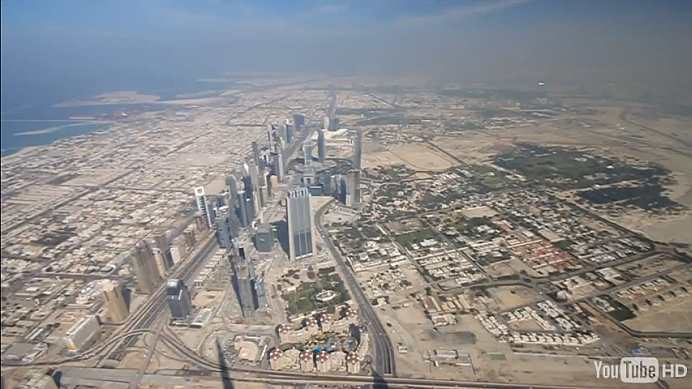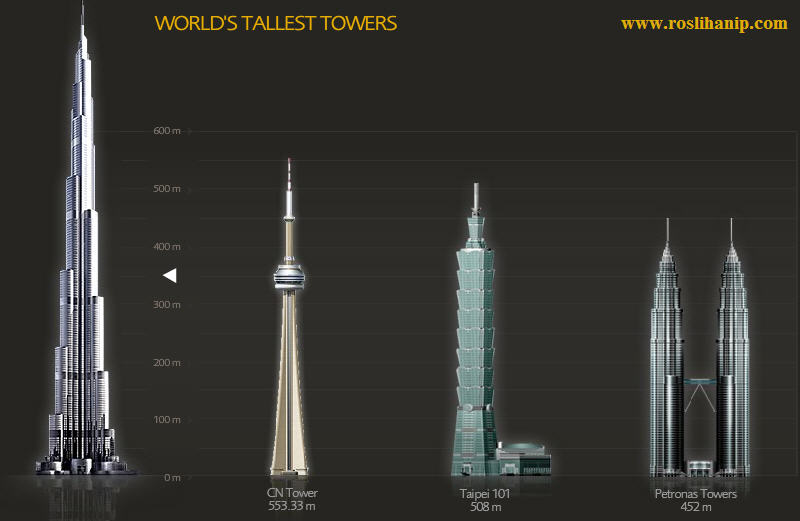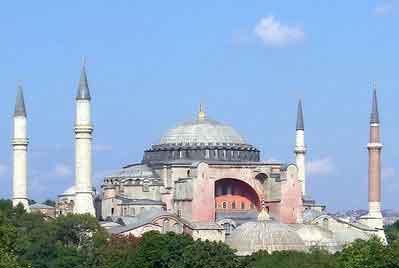The Church of the Holy Wisdom, known as Hagia Sophia (???a S?f?a) in Greek, Sancta Sophia in Latin, and Ayasofya or Aya Sofya in Turkish, is a former Byzantine church and former Ottoman mosque in Istanbul. Now a museum, Hagia Sophia is universally acknowledged as one of the great buildings of the world.
HistoryUnfortunately nothing remains of the original Hagia Sophia, which was built on this site in the fourth century by Constantine the Great. Constantine was the first Christian emperor and the founder of the city of Constantinople, which he called "the New Rome." The Hagia Sophia was one of several great churches he built in important cities throughout his empire.
Following the destruction of Constantine's church, a second was built by his son Constantius and the emperor Theodosius the Great. This second church was burned down during the Nika riots of 532, though fragments of it have been excavated and can be seen today.
Hagia Sophia was rebuilt in her present form between 532 and 537 under the personal supervision of Emperor Justinian I.
It is one of the greatest surviving examples of Byzantine architecture, rich with mosaics and marble pillars and coverings. After completion, Justinian is said to have exclaimed, ?e?????? se S???µ?? ("Solomon, I have outdone thee!").
The architects of the church were Isidore of Miletus and Anthemius of Tralles, who were professors of geometry at the University of Constantinople. Their work was a technical triumph, even though the structure was severely damaged several times by earthquakes. The original dome collapsed after an earthquake in 558 and its replacement fell in 563. Steps were taken to better secure the dome, but there were additional partial collapses in 989 and 1346.
Justinian's basilica was both the culminating architectural achievement of Late Antiquity and the first masterpiece of Byzantine architecture. Its influence, both architecturally and liturgically, was widespread and enduring in the Eastern Orthodox, Roman Catholic, and Muslim worlds alike.
For over 900 years the Hagia Sophia was the seat of the Orthodox Patriarch of Constantinople and a principal setting for church councils and imperial ceremonies.
In 1204 the cathedral was ruthlessly attacked, desecrated and plundered by the Crusaders, who also ousted the Patriarch of Constantinople and replaced him with a Latin bishop. This event cemented the division of the Greek Orthodox and Roman Catholic churches that had begun with the Great Schism of 1054. It also means that most of Hagia Sophia's riches can be seen today not in Istanbul, but in the treasury of St. Mark's Basilica in Venice.
Despite this violent setback, Hagia Sophia remained a functioning church until May 29, 1453, when Sultan Mehmet the Conqueror entered triumphantly into the city of Constantinople. He was amazed at the beauty of the Hagia Sophia and immediately converted it into his imperial mosque.
Hagia Sophia served as the principal mosque of Istanbul for almost 500 years. It became a model for many of the Ottoman mosques of Istanbul such as the Blue Mosque, the Suleiman Mosque, the Shehzade Mosque and the Rustem Pasha Mosque.
No major structural changes were made at first; the addition of a mihrab (prayer niche), minbar (pulpit) and a wooden minaret made a mosque out of the church. At some early point, all the faces depicted in the church's mosaics were covered in plaster due to the Islamic prohibition of figurative imagery. Various additions were made over the centuries by successive sultans.
Sultan Mehmed II built a madrasa (religious school) near the mosque and organized a waqf for its expenses. Extensive restorations were conducted by Mimar Sinan during the rule of Selim II, including the original sultan's loge and another minaret. Mimar Sinan built the mausoleum of Selim II to the southeast of the mosque in 1577 and the mausoleums of Murad III and Mehmed III were built next to it in the 1600s. Mahmud I ordered a restoration of the mosque in 1739 and added an ablution fountain, Koranic school, soup kitchen and library, making the mosque the center of a social complex.
The most famous restoration of the Hagia Sophia was completed between 1847-49 by Abdülmecid II, who invited Swiss architects Gaspare and Guiseppe Fossati to renovate the mosque. The brothers consolidated the dome and vaults, straightened columns,and revised the decoration of the exterior and the interior.

The discovery of the figural mosaics after the secularization of Hagia Sophia was guided by the descriptions of the Fossati brothers, who had uncovered them a century earlier for cleaning and recording. The Fossatis also added the calligraphic roundels that remain today. They were commissioned to calligrapher Kazasker Izzet Efendi and replaced older panels hanging on the piers.
In 1934, under Turkish president Kemal Atatürk, Hagia Sofia was secularized and turned into the Ayasofya Museum. The prayer rugs were removed, revealing the marble beneath, but the mosaics remained largely plastered over and the building was allowed to decay for some time. Some of the calligraphic panels were moved to other mosques, but eight roundels were left and can still be seen today.
A 1993 UNESCO mission to Turkey noted falling plaster, dirty marble facings, broken windows, decorative paintings damaged by moisture, and ill-maintained lead roofing. Cleaning, roofing and restoration have since been undertaken; many recent visitors have found their view obstructed by a huge scaffolding stretching up into the dome in the center of the nave.
What to SeeThe Hagia Sophia has a classical basilica plan. The main ground plan of the building is a rectangle, 230 feet (70 m) in width and 246 feet (75 m) in length. The area is covered by a central dome (see outside and inside) with a diameter of 102 feet (31 m), which is just slightly smaller than that of the Pantheon in Rome.
The main dome is carried on pendentives: four concave triangular sections of masonry which solve the problem of setting the circular base of a dome on a rectangular base. Each pendentive is decorated with a seraphim. The weight of the dome passes through the pendentives to four massive piers at the corners, and between them the dome seems to float upon four great arches.
At the western and eastern ends, the arched openings are extended by semi-domes. The flat wall on each side of the interior (north and south) is called a tympanum, and each one has 12 large windows in two rows, seven in the lower and five in the upper.
Just outside the entrance, stone cannonballs line the gravel path of the outer courtyard. These are the actual cannonballs used by Mehmet the Conqueror in his victorious 1453 battle for the city.
All interior surfaces are sheathed with polychrome marble, green and white with purple porphyry, and gold mosaics. On the exterior, simple stuccoed walls reveal the clarity of massed vaults and domes.
The Islamic calligraphic roundels suspended from the main dome since the 19th century remain in place and make for a fascinating religious contrast with the uncovered Christian mosaics. The names painted on the eight wooden medallions are: Allah and Muhammad (flanking the apse); the first four Caliphs Abu Bakr, Umar, Uthman and Ali (at the four corners of the dome); and the two grandsons of Mohammed, Hasan and Husayn (in the nave).
The Byzantine mosaics are being gradually uncovered, but only those on the higher gallery levels, which can be accessed by stairways on the payment of a fee. This means that Muslims do not have to confront much Christian imagery in the main chamber of the building, which was a mosque for nearly 500 years and retains all the equipment of a mosque.
When the Hagia Sophia was used as a place of worship, both for Christians and then for Muslims, the focus of the building was the east end, directly across from the entrance. This is because Christian churches are traditionally oriented towards the east, and Muslims always pray facing Mecca, which is southeast of Istanbul (the "east" end of the Hagia Sophia actually faces southeast). Thus the bulk of interesting sights are clustered in this area of the Hagia Sophia's huge interior.
At ground level, most of the sights date from the Islamic period. A beautiful marble structure in the apse is the mihrab, a niche found in all mosques that indicates the direction of Mecca. The large freestanding stairway to the right of the mihrab is the minbar, or pulpit from which sermons were given. To the left of the mihrab is the grand sultan's loge, built by the Fossati brothers who restored the Hagia Sophia in the 1800s.
Looking up from this area, one sees a splendid apse mosaic depicting the Virgin and Child. On the right is a partly damaged Archangel Gabriel mosaic. Gabriel used to face an Archangel Michael mosaic on the other side of the apse, but this is now almost entirely gone.
The most famous of the Hagia Sophia's mosaics are on the upper floor, in the galleries. The South Gallery, where the great mosaics are, was used for church councils. When the Hagia Sophia was a mosque, the galleries were the place where women sat during worship services. Today, the galleries provide visitors with a commanding view of the nave from all sides and a closeup view of some of the best Byzantine mosaics to be seen anywhere.
The best-known mosaic is called the Deësis Mosaic, and it is the first you come to as you enter the South Gallery through the Marble Door. It depicts a triumphant and kingly Christ (known as "Christ Pantrocrator"), flanked by the Virgin Mary and John the Baptist.
At the end of the South Gallery are two golden Byzantine mosaics. On the left is Christ with Emperor Constantine IX Monomachus and Empress Zoe; on the right is the Virgin and Child with Emperor John II Comnenus and Empress Irene.
The modern exit from the Hagia Sophia is through the Vestibule of the Warriors, so called because it is where the emperor's bodyguards waited while he worshipped. Up high and behind you as you walk out is a splendid mosaic of the Virgin with Constantine and Justinian: Constantine the Great presents to the Virgin a model of the city of Constantinople (Istanbul), which he founded, and Emperor Justinian presents the church of the Hagia Sophia, which he rebuilt. This mosaic dates probably from the 10th century.
There are several interesting things to see outside Hagia Sophia, including three mausoleums of sultans, the church's baptistery, and the excavated remains of Theodosius' Hagia Sophia.
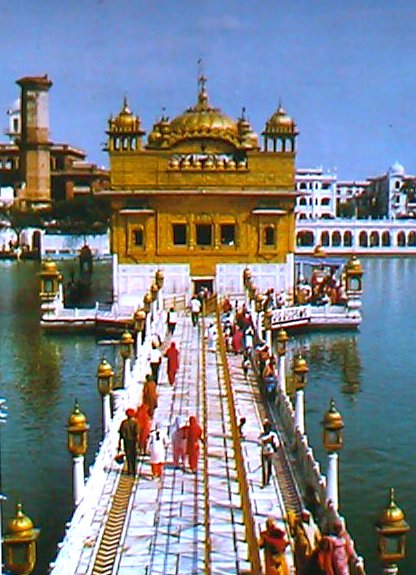


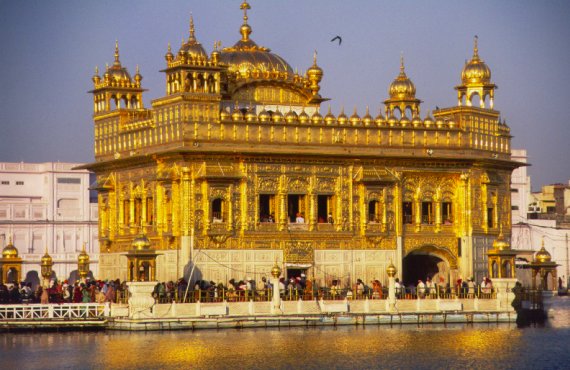




 00:15
00:15
 Lancaster
Lancaster



